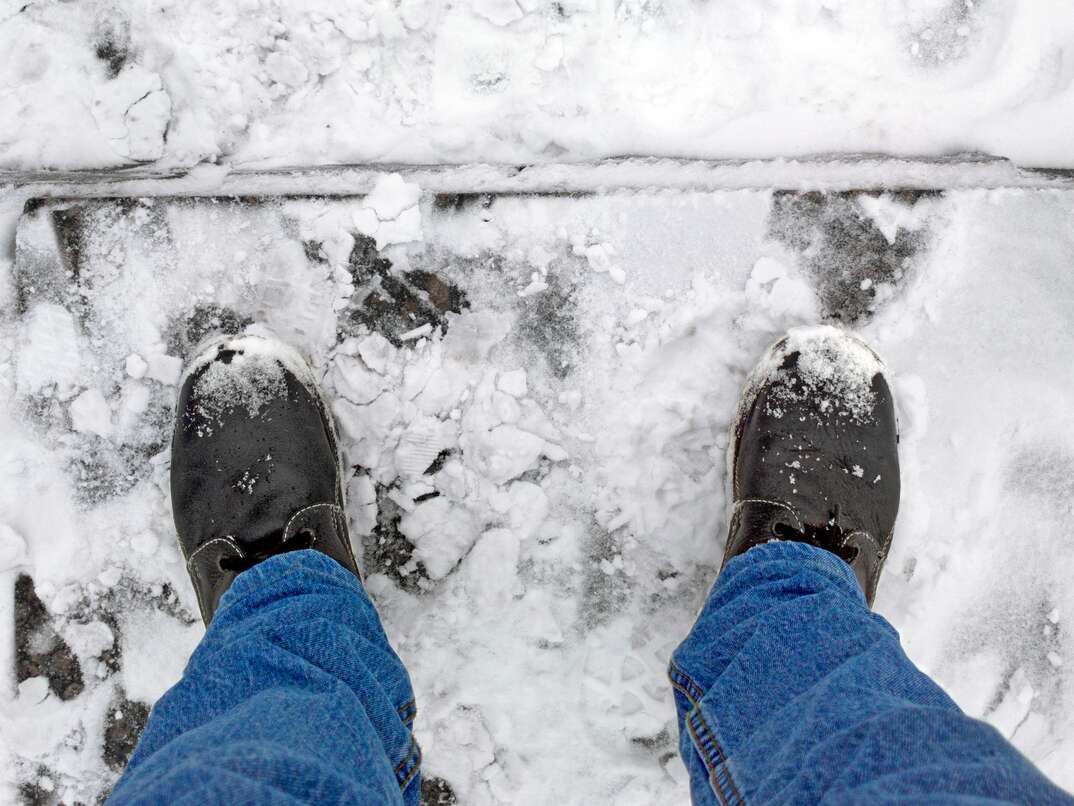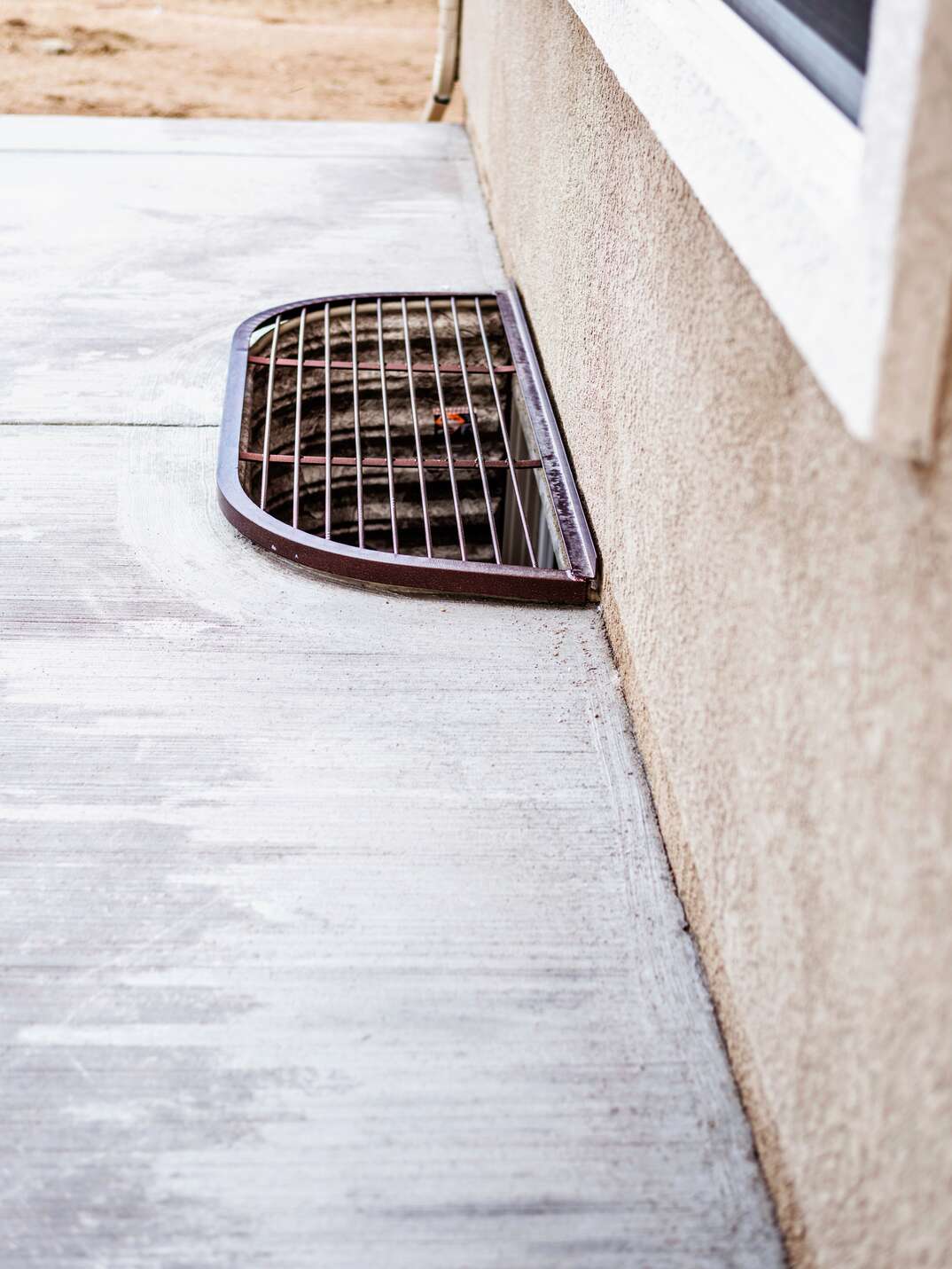How Much Does a Heated Driveway Cost?

How Much Does a Heated Driveway Cost?
Photo Caption: Simulated graphic of a heated driveway during a winter snowfall
Heated Driveway Costs at a Glance
- High-quality portable mats: $1,600-$3,000
- Hot-water system: $4,000-$7,500
- Average installation cost: $12-$21
- Low-to-high total price range: $4,000-$15,000
If you’ve ever felt yourself shudder at the thought of having to shovel, plow or de-ice your driveway — or having to pay someone else to — you may have daydreamed about having a heated driveway. And while tallying up your own hours of backbreaking labor plus recover time, or what it costs you to hire out the work, you can’t help but wonder how the cost-benefit ratio of that heated driveway investment might break down.
This May Also Interest You: How to Prepare for a Snowstorm
For homeowners across the regions of the United States where it gets very cold, such as the Midwest and Northeast, winter is synonymous with snow removal. And for those with steep driveways, this can be particularly concerning, since getting cars up snow- or ice-covered incline can sometimes be impossible. Meanwhile, for those who are older or who live alone, all that shoveling can be daunting.

Having a heated driveway means being able to get in and out of your home easier during the winter, and if it doesn’t eliminate the need for shoveling or snowblowing altogether, it can certainly make those chores easier. On the other hand, a heated driveway also means saving on the cost to pay someone to plow your driveway each time it snows or relying on the neighbor kids.
When it comes to heated driveways, there are two main types: portable heating mats or a built-in heating system. Both work by heating up the ground before a single snowflake hits, so that when the snow does fall, it begins to melt immediately upon contact with your driveway, preventing accumulation. These heating systems also help prevent ice buildup on your driveway, which can cause a slipping hazard.
Heated Driveways Costs
Both the portable mats and built-in driveway-heating methods stave off snow and ice — but one is much more expensive than the other.
Heated Mats
The first, less-expensive method is heated mats. These mats are portable and come in varied lengths and sizes. Although some cost as little as a few hundred dollars, higher-quality versions can cost anywhere from $1,600 to nearly $3,000. They’re generally just a few feet wide and between 20 and 30 feet long.
Benefits of Heated Mats
One benefit in addition to the lower cost of portable mats is their flexibility, as they can be moved anywhere you need them — from your walkway to your porch, sidewalk or driveway. Mats are built with a heating element sandwiched between slip-resistant rubber covers and come with a moisture-resistant power cord. Oftentimes, you can also adjust the heating levels according to your needs.
Pros of Heated Mat
Heated mats can be used in the areas where you need them most for targeted snow melting. They are also portable, which makes it easy to bring them wherever they are needed.
Cons of Heated Mats
The downside is that effort and awareness is needed to ensure the mats are set up and removed before and after each snowstorm. They also don’t have the same power or effectiveness as built-in systems.
In general, heated driveway mats may be a good alternative for budget-conscious consumers not prepared to invest in a built-in system.
Built-In Heated Driveway System
On the other end of the snow-melting spectrum, a built-in heated driveway provides a permanent solution to your snow removal needs. There are two main types: a wire grid that uses electricity to heat the driveway surface, and a tubing system that uses hot water.
Hot Water Heated Driveway System
The more common hydronic systems use tubes that run beneath the driveway. Hot water is pumped through the tubes, where it’s mixed with antifreeze. This solution then radiates up to the driveway’s surface, where snow and ice melt before they have a chance to accumulate. The water runoff then collects in installed drains, helping channel water away from your driveway.
In most cases, a boiler heats the water, then pumps the water to circulate it throughout the tubing. This is an example of radiant heating, more commonly known for its indoor use but also an outdoor option for heating driveways.
Although these systems can cost, on average, $4,000, they can run as high as $7,500 — and that sum doesn’t even include the expense of removing the old driveway or repaving over the system with asphalt or concrete.
Wire Grid Heated Driveway System
In a wire-grid heated driveway system, electric cables, woven into a grid pattern, are installed beneath a driveway's surface. Several kinds of cables exist, and all can be operated in the same way as a hydronic system, either manually or with an automated sensor. Some experts believe that one advantage of an electric system is that heat is distributed more evenly. However, keep in mind that operating costs are often higher as a result of greater electricity usage.
Average Heated Driveways Per Square Foot
Typically, the average cost of installing a heated driveway is between $12-$21 per square foot. While the installation can cost about $4,000, it can reacg as high as $15,000, depending on the length of your driveway and the complexity of the job.
Installing a Heated Driveway
Depending on the contractor you hire, it may be possible to retrofit a system into an existing driveway.
In this process, slots are created along regular intervals in the current driveway and heating elements are dropped into each one. Leads are connected to the heating elements that run to the location of the system controls. The slots are sealed and the entire system is then covered in asphalt.
While such a process is possible, many companies don’t have the technology necessary to retrofit existing driveways. Until more do, you should expect that most companies will need to remove your existing driveway, install the heating system and build a new concrete or asphalt driveway.
How a Heated Driveway System Works
In some systems, controls are manual, and must be turned on or off by hand. In other more sophisticated systems, controls activate automatically via a temperature sensor.
Manual Systems
While a manual control is less expensive, keep in mind that it only works if you remember to turn it on at the start of a snowstorm. Once snow has accumulated more than an inch or so, turning on the system manually only melts the snow closest to the ground, and you’ll likely still have to plow or shovel the remaining snow on top.
Automated Systems
Automated systems, on the other hand, run at low levels at all times, kicking into high gear only when it starts snowing, which keeps snow from accumulating on the driveway. Automated controls also use sensors to detect both moisture levels and temperature, which let them know when to kick up the heat.
If you choose to go with an electric system, the electric coils heat up the driveway during a snowfall and typically with the same control options as a hot water system.
Heated Driveway Installation Costs
You might be curious about the concept of a heated driveway yet wonder how installation as well as operating and maintenance costs would add up. Considering the many factors involved, the precise price can vary by:
- The length and size of your driveway
- Whether installation will involve tearing up the existing driveway
- Whether an existing driveway can be retrofitted
- Cost of materials, which depends on your location
- Heat source, generally between electric or hot water. Hot water systems are more common but tend to cost more upfront. Electric systems, while they generally cost more to operate, have a reputation for being maintenance-free.
- Can the heating system be connected to your home’s current system, or will a standalone system need to be installed? This can be a significant factor in cost.
- Control setup, whether manual or automated. Manual systems tend to cost less and are generally less sophisticated. Automated systems are usually more expensive.
Are Heated Driveways Worth It?
Before deciding if a heated driveway is worth the investment, consider your unique home situation. If you have a long or steep driveway or live in parts of the U.S. that have cold winters with heavy snowfall, then a heated driveway might be worth it.
Keep in mind that heated driveways are effective, melting upwards of 2 inches of snow per hour, keeping your driveway free of black ice and snow all winter long. By the same token, weigh the upfront costs of installation, including tearing up your existing driveway. If the cost outweighs the benefit, remember that heated mats are also a readily available and less expensive option.
When you’re prepared with a plan from HomeServe, you can rest easier, knowing you'll be ready for when home costs arise. Simply call the 24/7 repair hotline for access to a local and licensed contractor, who can make sure your job is completed satisfactorily.

.jpg)
